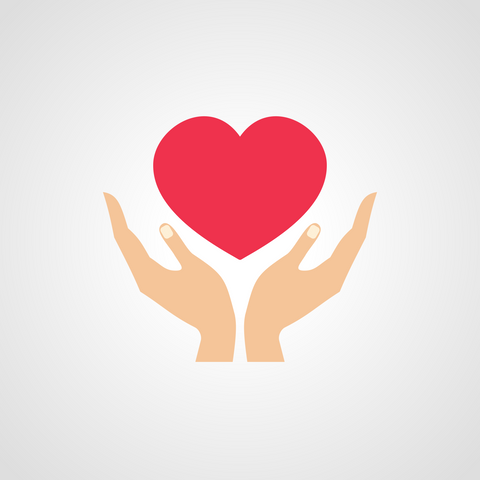Don’t Fall for It – Household Horrors!
As you can imagine, I am a little wacky about anything that could cause a fall, so you’ll understand why I am horrified when I see trip hazards in people’s homes!
Here are some things you can do to make your home less scary:
Bathroom
- Install grab bars around the shower or tub and toilet. Many people fall in the shower as they close their eyes when they shampoo their hair and tilt their head back to rinse.
- Put top quality non-skid mats in the tub or shower – slippery bathroom floors are terrifying!
- Use a padded tub or shower seat if you’re unsteady standing.
Floors
- Remove all clutter from the floor. Pet toys, papers, clothing – not on the floor!
- Get rid of throw rugs – they are evil!
- Secure carpet edges down so you don’t catch a toe on the edge.
Stairs and Steps
- Install handrails on both sides of stairs.
- Put reflecting tape on the top and bottom stair so you will automatically know where the beginning and end of the stairs are.
Clothing
- Hem pants so they don’t touch the floor in bare feet.
- Wear sturdy shoes with thin, non-slip soles.
- Consider wearing a medical alert device – they are worth their weight in gold if you fall and are all by yourself.
Lighting
- Install good lighting by doors and walkways.
- Install night lights or motion sensor lights in the bathroom, kitchen and bedroom. Walking from the bedroom to the bathroom in the pitch dark = petrifying!
Away from Home
- Even if you have your own home fixed up to be as fall proof as possible, you still need to be vigilant about trip hazards and fall risks wherever you go.
- Keep a nightlight in your suitcase and install it immediately on the path between the bed and the bathroom when you check into a hotel.
- If you find yourself somewhere with stairs or steps without a bannister, ask someone for their elbow. They will be happy to help, and it’s SO much better than falling!
- If you visit your grandchildren, watch out for menacing toys on the floor that are just waiting to trip you up.
In short, you need to be your own advocate to prevent a fall – no one else is going to do it for you! I encourage you to be constantly on the lookout for horrifying trip hazards both in, and outside of your home.
Sue Grant holds numerous certifications within the health and wellness industry.
- Certified as a personal trainer by the ACE
- Certified as a Master Instructor for the FallProof Program
- Certified by the Arthritis Foundation
- Certified in Older Adult Fitness by the American Institute of Fitness Educators
Sue has also studied personal training and group fitness through U.C. San Diego’s Fitness Professional Certificate program. Click here to find her collection of DVDs.







